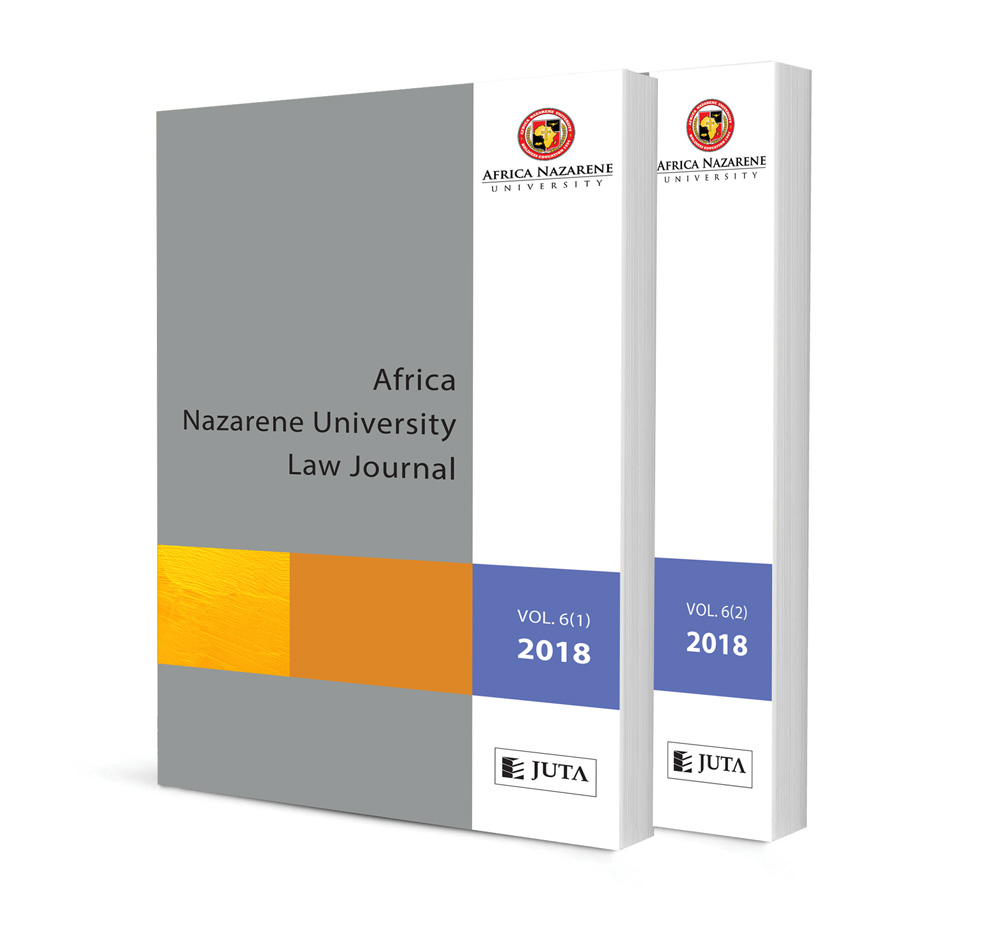The Right to Fair Administrative Action in Kenya: Lessons from South Africa’s Experience

The Right to Fair Administrative Action in Kenya: Lessons from South Africa’s Experience
Author Oscar Sang
ISSN: 2521-2613
Affiliations: LLB Hons (Moi); Dip (KSL); LLM (Cape Town); Programmes Officer, Moi University Legal Aid Clinic
Source: Africa Nazarene University Law Journal, 2014, Issue 1, p. 83 – 107
Abstract
Kenya’s administrative law has long been shaped by common law until the enactment of the 2010 Constitution. The Constitution heralds a new constitutional order by incorporating a progressive Bill of Rights that includes, in Article 47, a fundamental right to fair administrative action. The right to fair administrative action is a rather unusual right that arguably has its origins in the South African Constitution. This article seeks to examine the effect of the right to fair administrative action in Kenya in light of the South African experience. The article proposes what should be incorporated into the legislation required to give effect to the right to fair administrative action. The article takes the view that the envisaged Kenyan legislation on fair administrative action could borrow a leaf, with appropriate modifications, from the provisions of South Africa’s Promotion of Administrative Justice Act 3 of 2000.